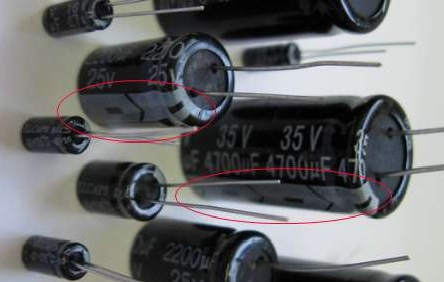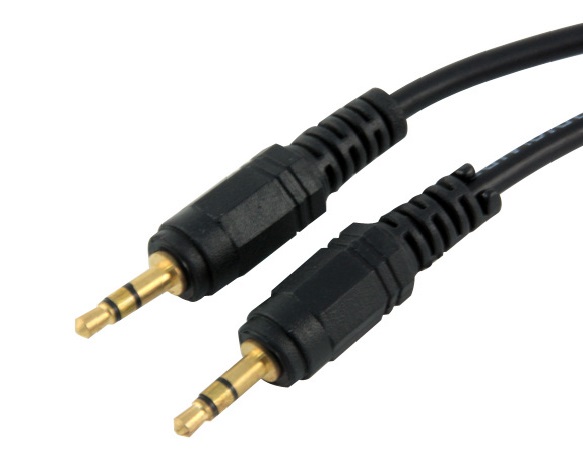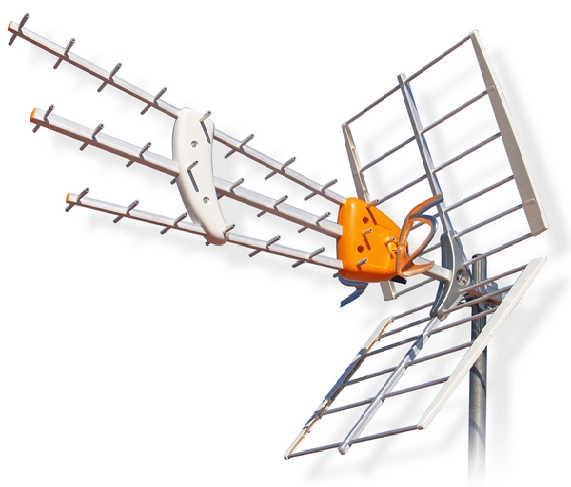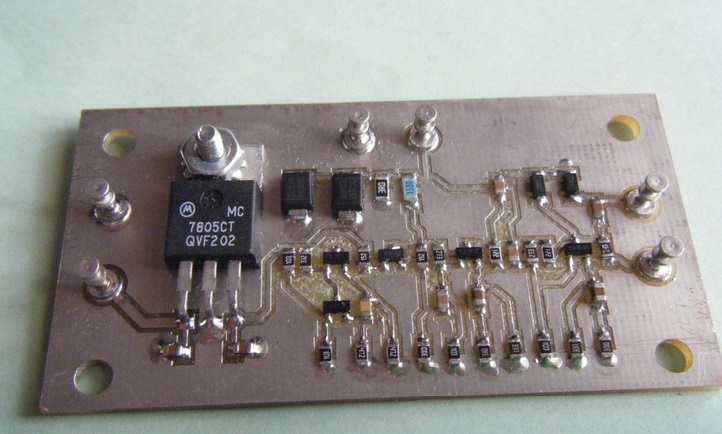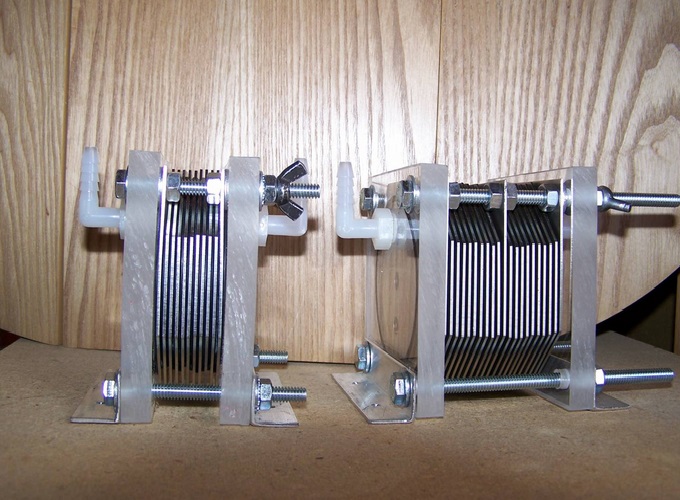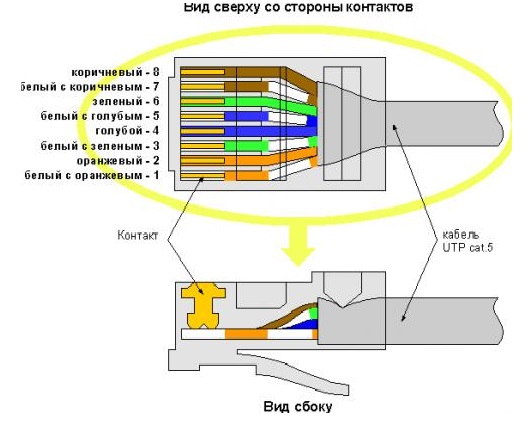To check a capacitor using a multimeter, follow these steps:
- Set the multimeter to Capacitance measurement mode.
- Disconnect the capacitor from any electrical circuits it was connected to.
- Connect the multimeter probes to the capacitor, ensuring the correct polarity.
- Read the capacitance value displayed on the multimeter’s screen.
- Compare the measured value to the one specified on the capacitor’s label or in its technical documentation.
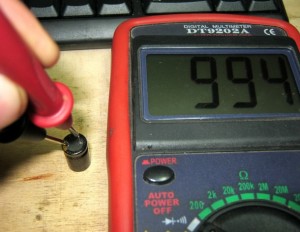
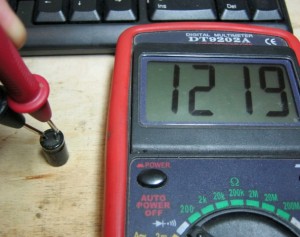
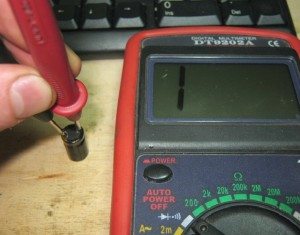
Note that some multimeters may require additional settings or procedures before using them in Capacitance measurement mode. Please consult your multimeter’s user manual.
Can a Capacitor be Tested for Continuity?
Yes, a capacitor can be tested for continuity. This procedure helps to determine if a capacitor is working or not. It is performed as follows:
- Disconnect the capacitor from all electrical circuits it was connected to.
- Connect a speaker to the capacitor, ensuring the correct polarity.
- Apply alternating voltage to the capacitor and listen to the sound coming from the speaker.
- If you hear sound, it means the capacitor is working and can be used further.
Note that testing a capacitor for continuity can only give a rough idea of its condition and should not be considered a replacement for precise measurements with a multimeter.
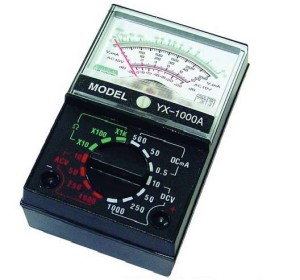
If the multimeter beeps and shows zero when touching the capacitor probes, it indicates a short circuit in the capacitor. If the multimeter immediately shows one, then there is a break in the capacitor. In either of these situations, the capacitor should be discarded as it is non-functional.
How to Check if a Capacitor is Working
There are several ways to check a capacitor’s functionality:
- Resistance Measurement Method: You can measure the resistance of a capacitor using a multimeter. If the resistance value is zero, the capacitor is faulty.
- Continuity Test Method: You can test a capacitor by connecting it to a speaker and applying alternating voltage. If you hear sound from the speaker, the capacitor is functional.
- Capacitance Measurement Method: You can measure the capacitance of a capacitor using a multimeter. If the measured capacitance value does not match the value indicated on the capacitor’s label, it is faulty.
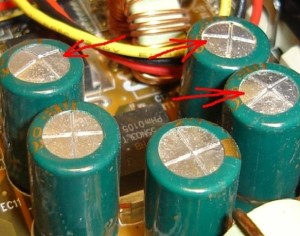
Incorrect polarity of such a capacitor can cause it to malfunction, up to and including exploding.
Imported capacitors have a small cross or other figure indented into their top. These areas have a thinner casing for safety reasons. Thus, if an imported capacitor explodes, its top will simply open up. The image shows a bulged capacitor from a computer motherboard, with the rupture precisely along the line.
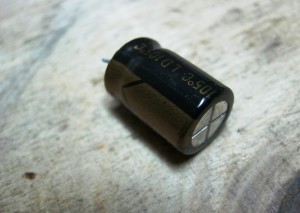
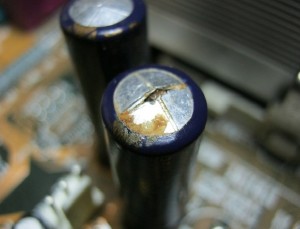
Testing a Capacitor with a Multimeter
To test a capacitor with a multimeter, adhere to one rule – the capacitor’s capacitance should not be less than 0.25 microfarads.
Before testing a capacitor with a multimeter, determine its polarity. The polarity of a capacitor can usually be identified by markings on its body. The minus sign is indicated by a tick mark. A black tick mark drawn over a thick gold stripe indicates the negative terminal.
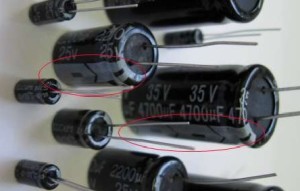
Now, set the multimeter to continuity (or resistance) mode and touch the probes to the contacts. As the multimeter in continuity and resistance mode emits a constant voltage, the capacitor will charge, and the resistance reading will increase as it charges.
As charging occurs, the resistance value increases until it becomes very high. Let’s see what this should look like.
It is convenient to test capacitors with an analog multimeter, as the needle movement is easier to track than flickering numbers on a digital multimeter.
Testing non-polarized capacitors is easier. Set the multimeter dial to megaohms and press the probes to the capacitor’s terminals. If the resistance value does not reach 2 megaohms, the capacitor is considered faulty.

